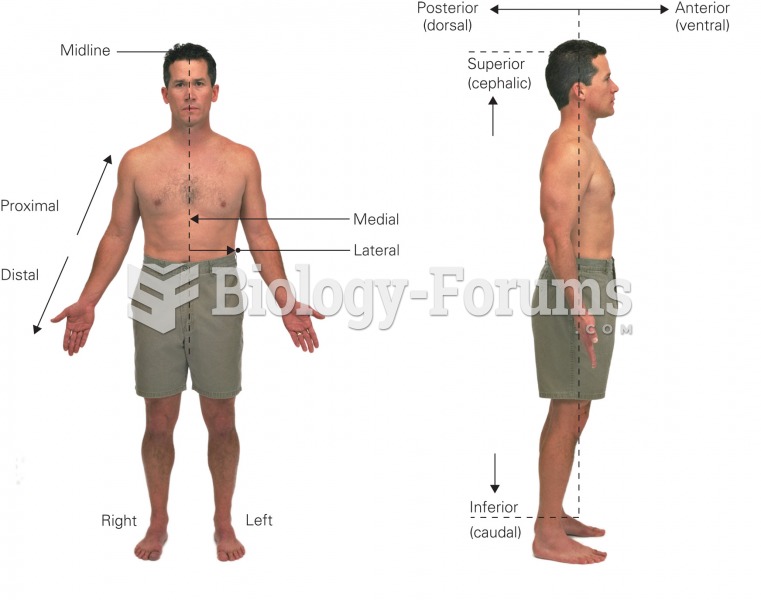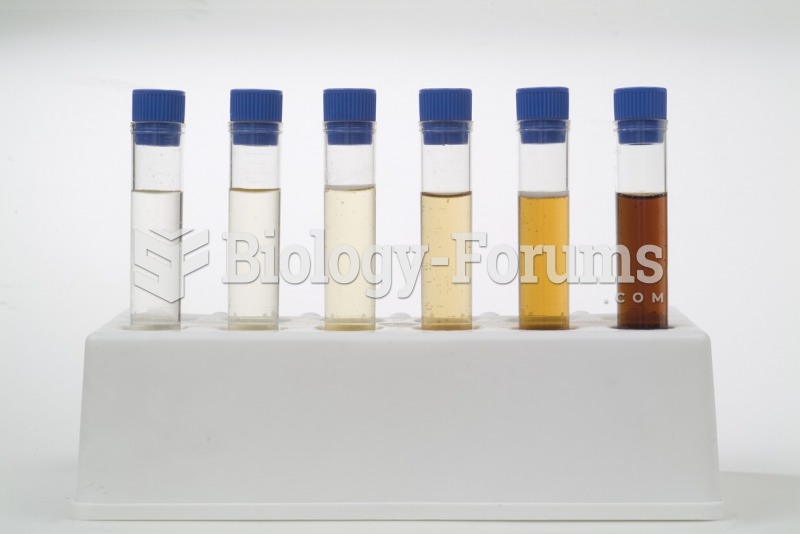Answer to Question 1
Answer: A
Explanation: A) Correct. This list is not all-inclusive, but provides a good starting point. Additionally, evaluation should be systematic, alternatives should be judged according to an optimal standard, and alternatives should be stated explicitly.
B) Incorrect. All three points are correct. This list is not all-inclusive, but provides a good starting point. Additionally, evaluation should be systematic, alternatives should be judged according to an optimal standard, and alternatives should be stated explicitly.
C) Incorrect. All three points are correct. This list is not all-inclusive, but provides a good starting point. Additionally, evaluation should be systematic, alternatives should be judged according to an optimal standard, and alternatives should be stated explicitly.
D) Incorrect. All three points are correct. This list is not all-inclusive, but provides a good starting point. Additionally, evaluation should be systematic, alternatives should be judged according to an optimal standard, and alternatives should be stated explicitly.
Answer to Question 2
Answer: C
Explanation: A) Incorrect. Though problem definition is part of the decision-making process, it is not the end goal. More accurately, decision making is concerned with the discovery and selection of optimal alternatives.
B) Incorrect. Though alternative generation is part of the decision-making process, it is not the end goal. More accurately, decision making is concerned with the discovery and selection of optimal alternatives.
C) Correct. Selecting satisfactory alternatives results in lower-than-optimal performance outcomes. Decision making is concerned with the discovery and selection of optimal, rather than satisfactory, alternatives.
D) Incorrect. Selecting satisfactory alternatives results in lower-than-optimal performance outcomes. Decision making is concerned with the discovery and selection of optimal, rather than satisfactory, alternatives.







